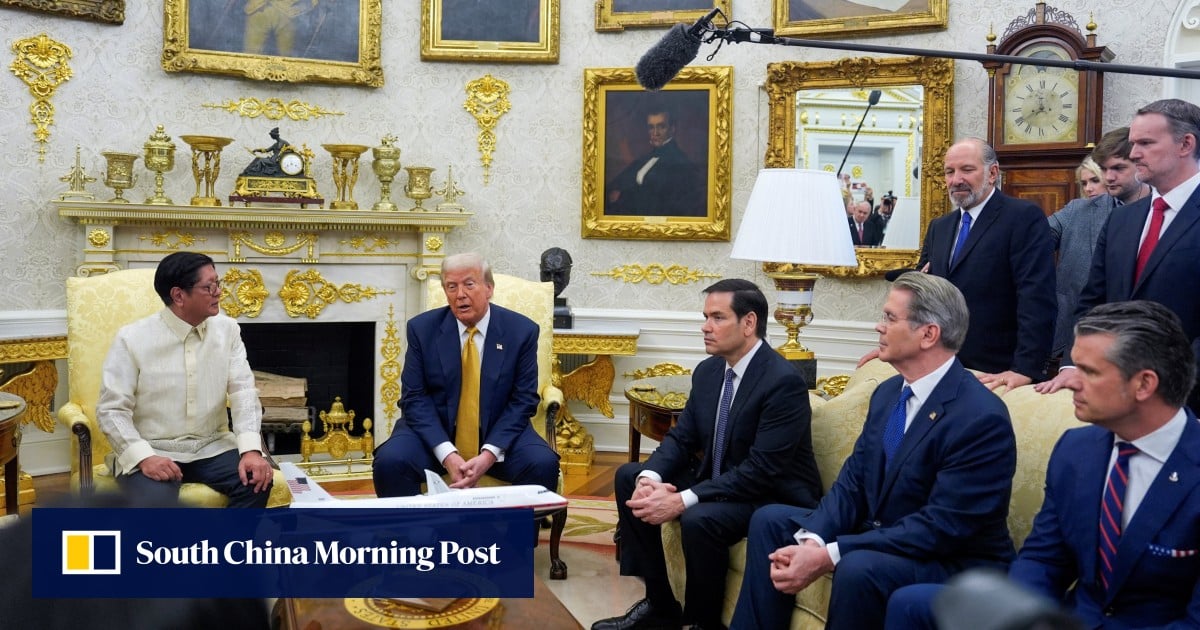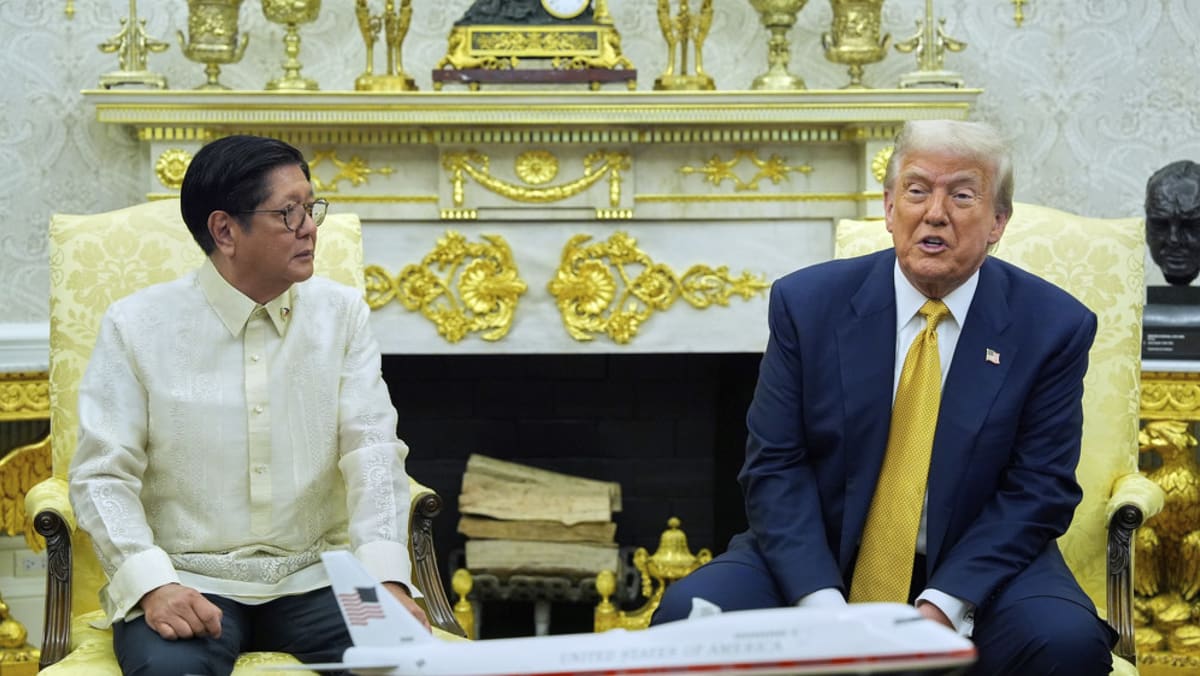In a significant diplomatic encounter, Philippine President Ferdinand Marcos Jr. met with U.S. President Donald Trump at the White House to discuss pressing trade issues. This meeting marks a milestone as Marcos becomes the first Southeast Asian leader to visit Trump during his second term. With an impending U.S. tariff set to take effect on August 1, both leaders aimed to negotiate terms that would shield the Philippine economy from drastic trade repercussions. The stakes were high, as the future
Did You Know
Sea otters hold hands while sleeping to avoid drifting apart in the water.
?
AD
of bilateral relations hung in the balance.
During their discussions, President Trump revealed that the Philippines will be subject to a 19% tariff as part of the new trade agreement. Despite initial negotiations suggesting a possibility of zero tariffs, the final agreement yielded only a modest drop in tariffs by 1%. The talks hinted at a potential quid pro quo, with reports suggesting that Marcos could offer the U.S. military access in exchange for more lenient trade terms, underlining the complexities of international negotiations.
While the trade talks captured headlines, the backdrop of the meetings was not without controversy. Protests erupted over Marcos’s perceived negligence toward the Filipino-American community, particularly regarding urgent immigration issues that loomed large during his visit. This criticism reflected a more profound concern about balancing diplomatic relations with domestic responsibilities. As the global trade landscape continues to shift, these discussions between the U.S. and the Philippines will undoubtedly shape future policies and regional alliances.
Q&A (Auto-generated by AI)
What are the key points of the trade deal?
The trade deal between the U.S. and the Philippines, following the meeting between President Trump and President Marcos, includes a 19% tariff on Philippine goods. While the deal aims to strengthen economic ties, it offers limited tariff relief, with only a slight reduction in rates. The agreement reflects the U.S. interest in bolstering its influence in Southeast Asia amid rising tensions with China.
How do tariffs impact the US-Philippines trade?
Tariffs significantly affect trade dynamics by raising the cost of imported goods, which can reduce demand. For the Philippines, the 19% tariff on exports to the U.S. could hinder its economic growth, particularly in sectors reliant on American markets. Conversely, U.S. tariffs can protect domestic industries from foreign competition but may lead to higher prices for consumers.
What historical ties exist between the US and Philippines?
The U.S. and the Philippines share a complex history dating back to the Spanish-American War in 1898, when the Philippines became a U.S. territory. This relationship was marked by significant cultural exchange, military alliances, and economic partnerships. Post-World War II, the Philippines gained independence, yet the U.S. maintained a strategic military presence, reflecting ongoing geopolitical interests.
How has US trade policy changed under Trump?
Under Trump, U.S. trade policy shifted towards protectionism, emphasizing 'America First' principles. This included renegotiating trade agreements, imposing tariffs on various countries, and prioritizing bilateral deals over multilateral agreements. The administration aimed to reduce trade deficits and bolster American manufacturing, which significantly affected relations with trading partners like China and the Philippines.
What are the implications of the 19% tariff?
The 19% tariff on Philippine goods signifies a considerable financial burden for exporters, potentially leading to decreased competitiveness in the U.S. market. This could slow economic growth in the Philippines and affect local industries. Additionally, it reflects the U.S. strategy of leveraging tariffs to negotiate better trade terms while also impacting consumer prices in the U.S.


















